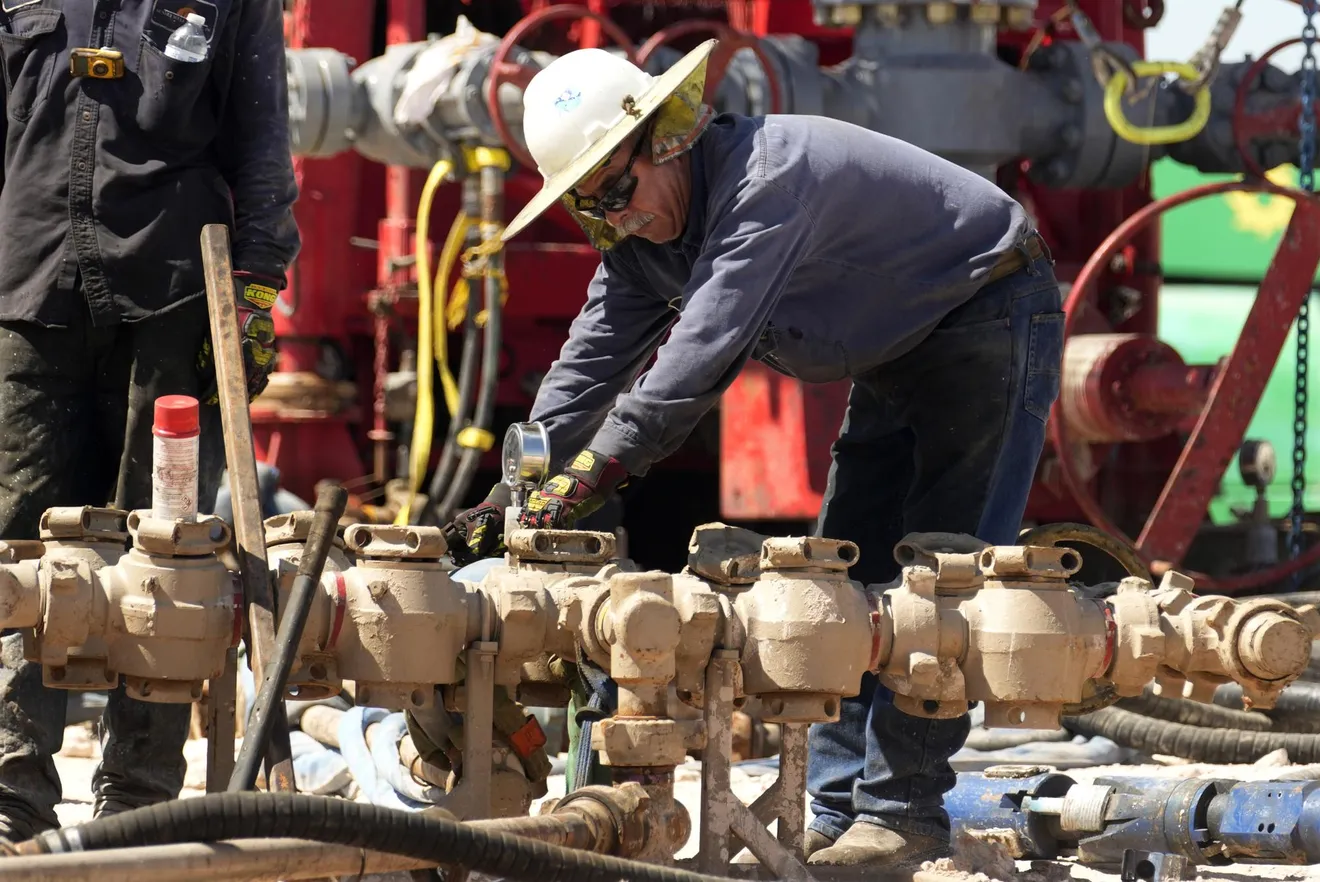Texas’ top oil and gas regulators worry that federal money could add bureaucracy to the state’s oil well-plugging effort. But an industry watchdog says the federal aid is desperately needed.
By John C Moritz
February 16, 2023
AUSTIN — Texas is in line to receive up to $318.7 million from the federal infrastructure bill to plug thousands of environmentally hazardous abandoned oil wells, but the head of the state regulatory agency charged with spearheading the process says the rules likely to come with the money could add layers of bureaucracy to the effort.
“We are now looking at the proposed federal guidelines from Department of Interior that just came out last week to see what (money) we can or can’t take and what we decide to take to continue plugging wells with federal dollars,” Christi Craddick, who chairs the Texas Railroad Commission, recently told a legislative panel. “So we want to make sure that we meet their guidelines. Their guidelines seem to me not exactly in line with what state values have been.”

An oil well worker helps to replug an abandoned well on a ranch in West Texas. Eric Gay/Associated Press
The Railroad Commission, which regulates Texas’ oil and gas industry, has for years been struggling to make a significant dent in the number of wells that have been abandoned by operators and left unplugged. Craddick told the Senate Finance Committee the agency plugged 1,000 or more such wells each year only to see that many more abandoned during the same time period.
The wells, called “orphaned wells” by the industry, often spew methane and other toxins into the atmosphere and into the ground. The pollutants can contaminate soil and seep into the groundwater and can make the land useless for farming or livestock grazing.
Wells cost on average about $40,000 to properly plug, so the flow of federal cash would supplement dollars state lawmakers allocate the Railroad Commission for such projects and allow the agency to step up the plugging process.
But Craddick said the federal rules being developed, which are under review and subject to revision, could actually slow the state’s progress, or at least hamper efforts to rapidly accelerate plugging.
In an emailed statement, Craddick listed bullet-point concerns about proposed rules:

Texas Railroad Commission Chairwoman Christi Craddick. Jay Janner/Austin American Statesman
“Lastly, and perhaps most concerning, is that the draft guidelines outline a phase-in process,” Craddick said in her statement. “The phase-in seems to allow for a reformulation after the first phase of dollars are distributed. That reformulation could cut the amount of dollars that Texas is eligible for and create unfair advantages for other states.”
Craddick said she plans to formally send her concerns to the Interior Department during the comment-submission period that ends Feb. 24.
“When dealing with the federal government we always read the fine print,” she said. “That’s the only way to ensure funds can be used in the best interest of our state’s natural resources, environment, and taxpayers.”
The Environmental Protection Agency’s draft guidelines for the funds, she added, “would divert funds away from well plugging toward unrelated DC-driven initiatives, increased administrative processes and go so far as to create a future funding formula that could put Texas taxpayers at a disadvantage for future federal well-plugging funds.”
Those guidelines were not attached to the first tranche of federal money that Texas received in September for the well-plugging effort, Craddick said.
With the first round of federal money, 128 orphaned wells in Texas were plugged by January, and the Railroad Commission has identified as many as 800 more across the state it can address by year’s end. The initial outlay gave Texas a comparatively free hand in how it can be spent.
The remaining money will be sent to Texas over a period of several years, but the timing has not yet been finalized.
In a statement, the Interior Department said the first wells targeted for plugging were selected because they pose a higher threat to air quality and other environmental concerns.
“Orphaned oil and gas wells pollute backyards, recreation areas, and community spaces across the country,” the federal agency said. “Methane leaking from many of these unplugged wells is a serious safety hazard and is a significant cause of climate change, being more than 25 times as potent as carbon dioxide at trapping heat in the atmosphere.”
Private operators are supposed to plug their wells that are no longer useful, and about 7,400 of them were plugged in 2020. But when an operator cannot be found or has gone out of business, the responsibility falls to the Railroad Commission. The Legislature in 2021 allocated more than $114 million, from fees paid by the oil and gas industry into the Texas Oil and Gas Regulation and Cleanup Fund, to cover the plugging costs for the two-year period that ends Aug. 31.
Virginia Palacios, who leads the Railroad Commission watchdog group Commission Shift, said the state allocation has proved inadequate, which makes the federal assistance vital if the unplugged well problem is ever to be solved.
“There are currently 8,700 orphaned wells on the Railroad Commission’s list, and this number has been growing,” Palacios said. “The last time we had that many wells on the list was 2007.”
She said that when the fund was first established some 20 years ago, the number of unplugged wells was quickly reduced from around 12,000 to 6,000. But the commission was unable to sustain the pace, she said.
“Now we’re at this point where … we’re just ratcheting that number back up,” Palacios said.
It goes beyond just funding, she added. The agency’s rules and state law give oil and gas operators wide latitude to extend plugging deadlines and allow operators with questionable finances to obtain drilling permits, she said.
“The really important thing for the Legislature to consider is that we don’t just need to keep throwing money at this problem,” Palacios said. “We need to change state policy that is creating orphaned wells because it’s not something that just happened by happenstance, or it’s not some kind of mystery. It’s something that we’re allowing to happen.”
Texas farmers and ranchers who allow operators to drill on the property often bear the brunt of the unplugged wells, Palacios said.
“A lot of landowners across the state of Texas — not only in the Permian Basin, but also in South Texas, out on the Brazos River — (have) had leaking wells and other equipment, including pipelines, and also some major blowouts from these abandoned wells that have been sitting around for decades,” she said. “And it can be dangerous, and it can cause impacts to groundwater quality and to soil.”